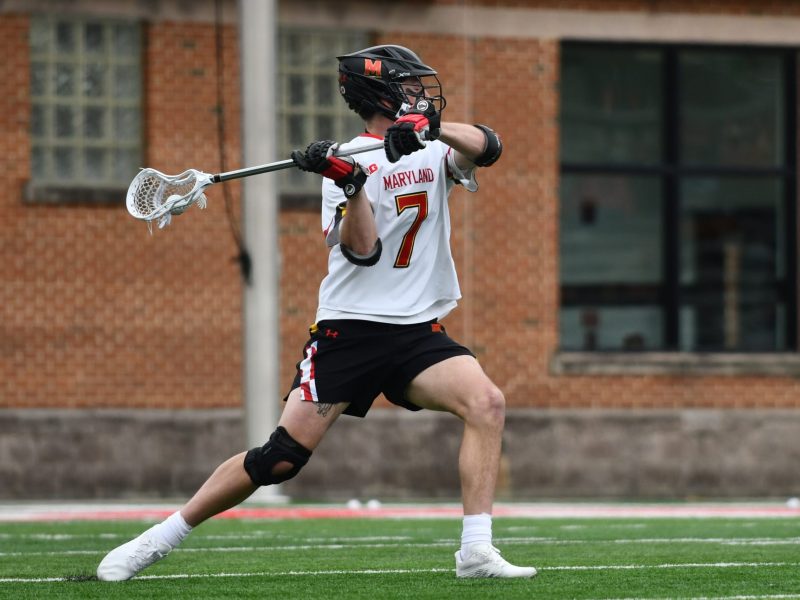
“It is these token quirks that made Mr. Smith stand out to me as a true hipster. He liked old, outdated, unusual things for no reason other than his inexplicable attraction to them. He liked what he liked for no reason, and without motivation from frivolous cynics who cry for attention by denouncing everything that makes the world happy.” — Danielle Ohl
I cannot count the number of times my mother has asked me what a hipster is.
“Danielle,” she says. “What do they mean by hipster? Is that a noun? An adjective?” I sigh in irritation, not really because my mother is ignorant about one of this generation’s favorite generalizations but because of the term’s inherent ambiguity — it really is difficult to pin down its meaning.
What is a hipster? After countless teenage years of searching and countless adults probing me for a definitive answer, I found the definition my senior year of high school in the character of one human being.
I did not meet this man as he examined a vinyl copy of the XX’s Coexist at a local Urban Outfitters. I didn’t find him buying locally grown rutabagas at Whole Foods. He wasn’t sulking in the low light of some sad, forgotten thrift store, nor was he reading slam poetry at a free-trade Brazilian coffee bar. No, this man never once tried to show me his antique quill collection, or his 1966 Kodak camera and forget Instagram — this man doesn’t know what Instagram is. He is not a rebellious, misunderstood, dirty-looking 20-something wrapped up in a scarf, low cut V-neck and velour suit jacket from the ’80s. He was my AP Literature teacher.
His name is not so important as his personality, so let’s call him Mr. Smith. Mr. Smith is the only true hipster I have ever met because he does not simply put on an air of unbelonging like the faux-hipster does in order to paradoxically belong. He lives, breathes and sleeps everything uncommon and does so naturally and willingly.
First off, let’s examine Mr. Smith’s profession. He taught literature to a group of unappreciative 17-year-olds but did so persistently, often inserting seemingly arbitrary symbolism into just about everything. He did this completely seriously, finding books’ worth of figurative language in Ezra Pound’s “In a Station of the Metro” (which is two lines long), much like many a pseudo-hipster would smell acorn and lilac root in a $6 cup of tea.
Secondly, the eccentric Mr. Smith’s attire was a key part of his persona. I never saw him in anything less than a two-piece suit. With a hat. He told us he had a pocket watch he used quite seriously, but he would never show the class. Everything Mr. Smith wore, he bought at a churchyard rummage sale. A bag full of clothes for $2 beats the vintage boutique every time, according to the bizarre teacher. “What about thrift shops?” we’d ask. “Goodwill is overrated,” he answered, again, in complete seriousness. Apparently, it destroys the economy in Africa.
Finally, there are his idiosyncratic likes and dislikes. Mr. Smith is a bleeding-heart anarchist. He once said that Guy Fawkes Day is his favorite holiday and decorated his classroom with V for Vendetta masks for the occasion. He kept an inflatable purple monkey in his closet and a bottle of water from the Walt Disney World “It’s a Small World” ride, claiming it had psychedelic powers. I can’t remember how many times we watched Rowan Atkinson comedy sketches, nor do I remember the number of times he insisted British humor is far superior to American. When the ancient heating system would come to life, Smith told the class, “Don’t worry, that’s just my time machine warming up.”
It is these token quirks that made Mr. Smith stand out to me as a true hipster. He liked old, outdated, unusual things for no reason other than his inexplicable attraction to them. He liked what he liked for no reason, and without motivation from frivolous cynics who cry for attention by denouncing everything that makes the world happy. Therefore, a hipster is someone who truly enjoys obsolete or unpopular ideas for personal, nostalgic or even, dare I say, intellectual reasons. No irony involved.


